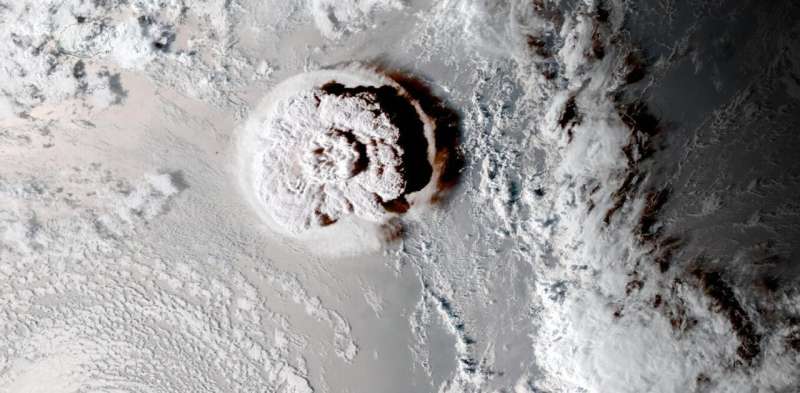Phys.org May 30, 2024
The amount of water vapor injected into the stratosphere after the eruption of Hunga Tonga-Hunga Ha’apai (HTHH) was unprecedented, and it is therefore unclear what it might mean for surface climate. Researchers in Australia used chemistry climate model simulations to assess the long-term surface impacts of stratospheric water vapor (SWV) anomalies similar to those caused by HTHH, but neglected the relatively minor aerosol loading from the eruption. The simulations showed that the SWV anomalies led to strong and persistent warming of Northern Hemisphere landmasses in boreal winter, and austral winter cooling over Australia, years after eruption, demonstrating that large SWV forcing could have surface impacts on a decadal timescale. They emphasized that the surface response to SWV anomalies was more complex than simple warming due to greenhouse forcing and was influenced by factors such as regional circulation patterns and cloud feedback. According to the researchers further research is needed to fully understand the multi-year effects of SWV anomalies and their relationship with climate phenomena like El Nino Southern Oscillation… read more. TECHNICAL ARTICLE

Credit: NASA Worldview